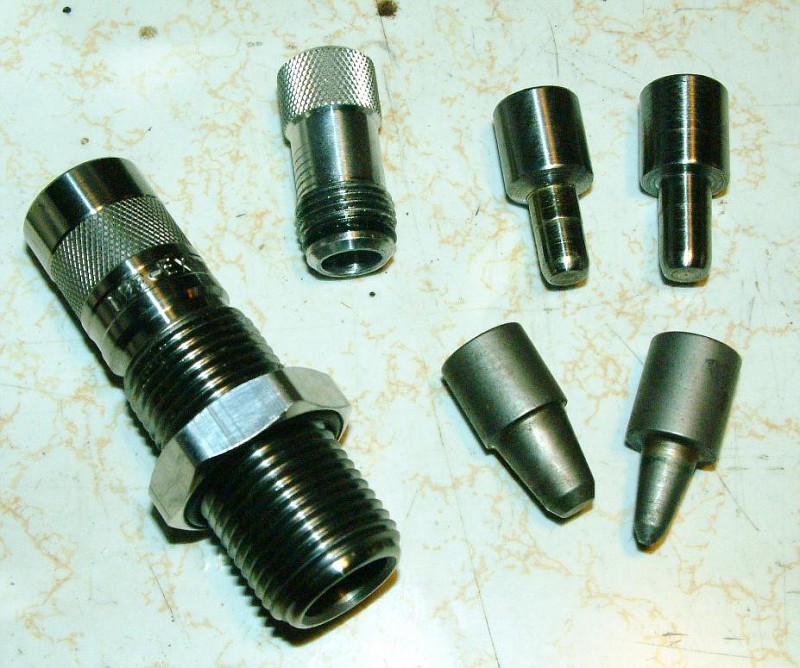Randy, Thanks for the thread lesson. I understand what you are saying. It is the bearing surfaces of the threads (male and female) that decide what quality the thread is, correct? The closer the fit, the better the thread. I have a long way to go, but I love playing with steel.
I found a store in town today that will probably have most of what I need in the way of tools etc.
I went there today to get a couple of metric drill bits to make me a set of 45 acp birdshot dies. While I was standing there waiting for the fella to get the bits , I looked around and low and behold, there was a whole rack of 01 rods, 3' long. This is lookin better all the time. I did have a couple more of the 7/8 x 14 bolts, so I decided to make the dies out of them. I will get me a 7/8 x 14 thread cutting tool, propably next week. I think this is going to get expensive.
Jack

|
   
   
|


|






 Reply With Quote
Reply With Quote
















